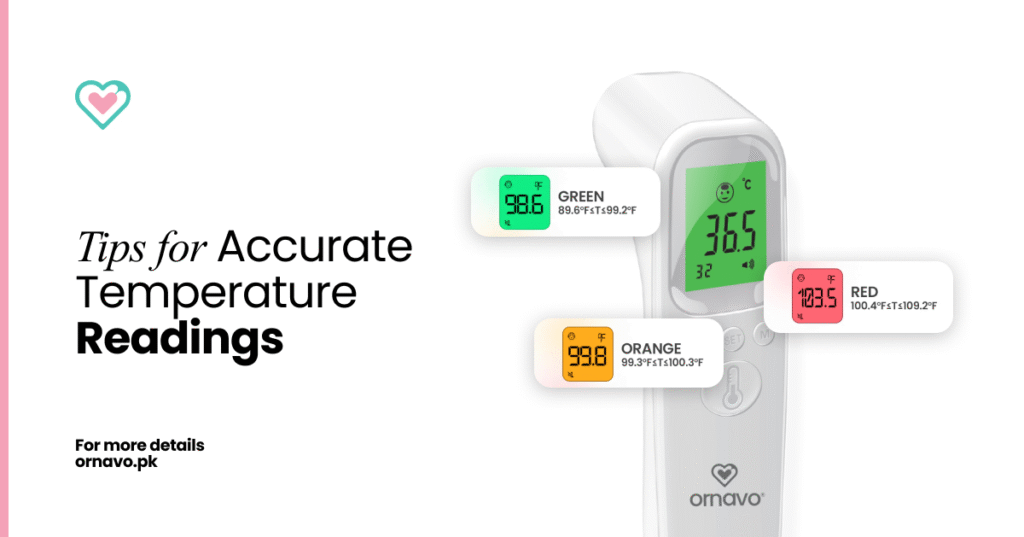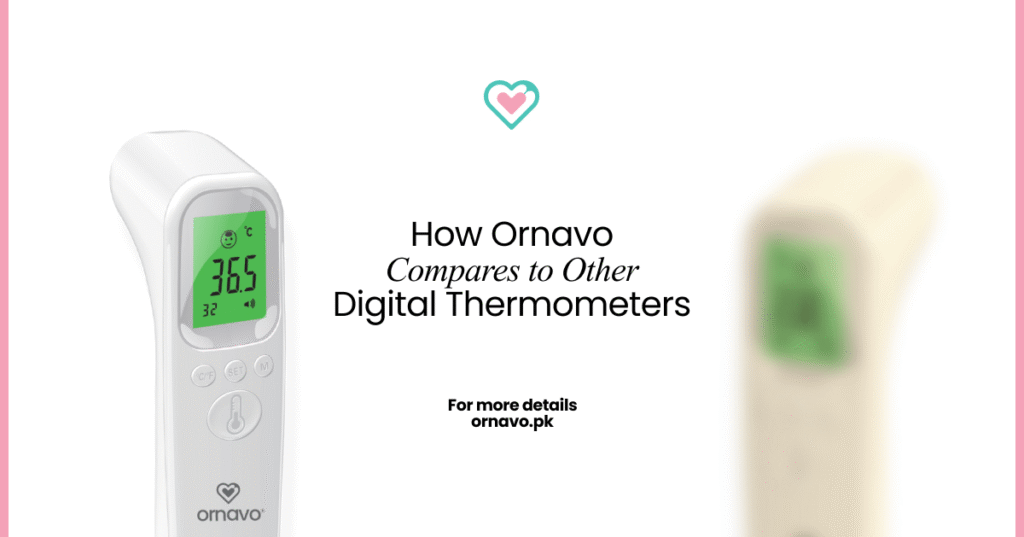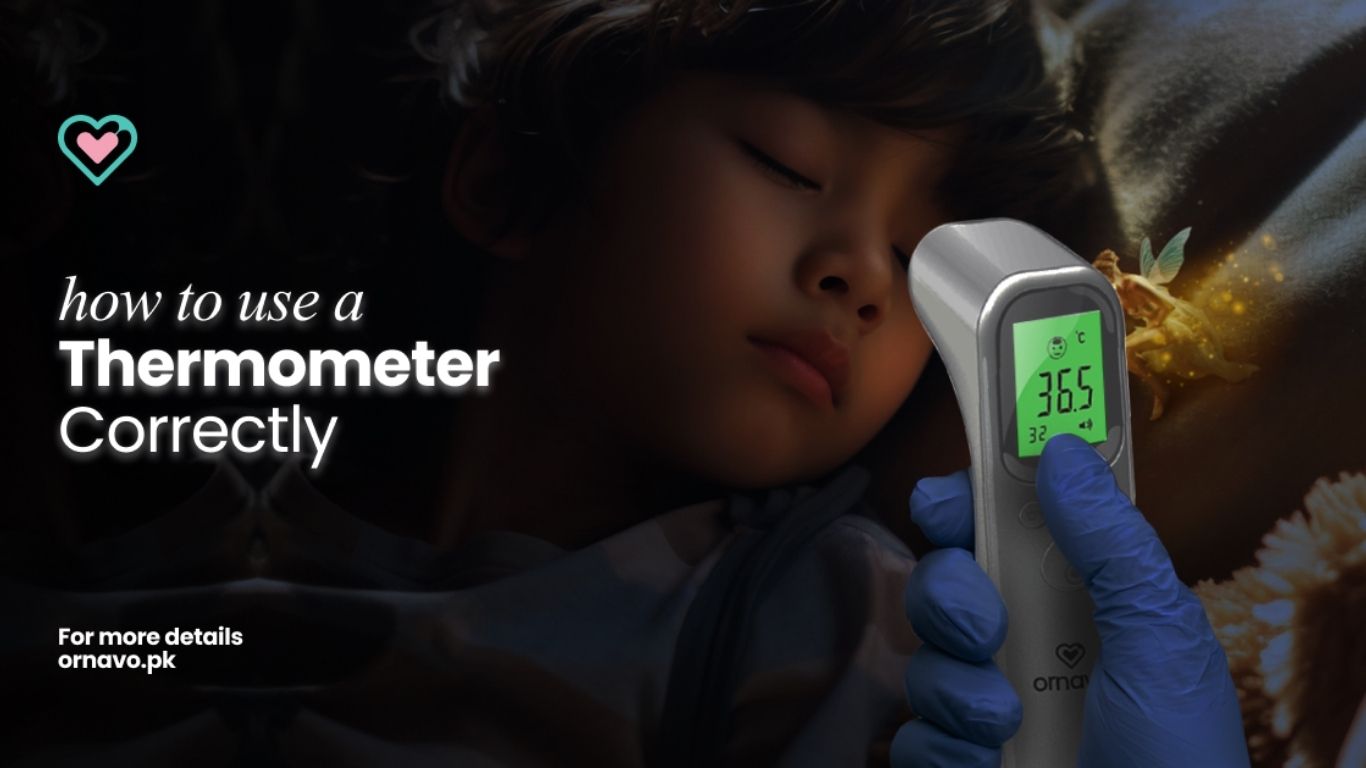Looks small and ordinary but thermometers are necessary in every household. That tiny device becomes a trusted guide every time fever strikes at midnight, or when you’re trying to decide whether your child’s flushed cheeks are due to the summer heat or something more concerning. Among all the modern health tools we have at our disposal, the digital thermometer stands out as one of the simplest yet most essential. But here’s the truth accuracy depends less on the device itself and more on how you use it.
Many people assume temperature-taking is foolproof: place the thermometer, wait for a beep, glance at the screen, and you’re done. But a wrong placement, poor timing, or even skipping the cleaning step can mean the difference between a reassuring “it’s just a mild rise” and a panic-inducing “we need the hospital right now.” Learning the right way to handle your thermometer isn’t just a practical skill, it’s an act of care.
From Glass to Digital: A Quiet Evolution
The thermometer story is quite interesting.Not long ago, households relied on fragile glass sticks filled with silver mercury. They worked, yes, but they were slow, breakable, and risky if mishandled. Today, the sleek digital thermometer has replaced them in medicine cabinets across the world.
This evolution isn’t just about technology, it’s about peace of mind. A digital thermometer offers faster readings, safer handling, and ease of use.In Pakistan the market of thermometer is very wide, you can find different options from basic to advance.

Understanding Normal Temperature: More Than Just 98.6°F
Most of us grew up believing 98.6°F (37°C) was the magic number of human health. But the body doesn’t always follow the rules of textbooks. Temperatures can rise and fall throughout the day, dip lower in older adults, or climb slightly in children.
A reading of 99.1°F may feel worrying, but for some, it falls within the normal range. On the other hand, anything from 100.4°F (38°C) and above is generally considered a fever. It is crucial to know the range as it helps you eliminate panic and ignore real warning signs. When you learn how to measure body temperature with awareness of these fluctuations, the numbers start to tell a story, not just display digits.
The Art of Using a Digital Thermometer
So, how do you transform this tiny device into a trustworthy guide? It begins with correct use. Imagine making tea: you wouldn’t pour boiling water into a cup still lined with last night’s coffee. Similarly, your thermometer demands a little care and attention before and after use. Cleaning the tip, ensuring the batteries are alive, and placing it properly make a world of difference.
Placement matters too. Under the tongue gives a reliable oral reading, while under the arm may be more convenient but slightly less precise. For infants, rectal readings are often considered the gold standard. No matter the method, patience is key. Waiting until the device signals completion rather than pulling it out prematurely is essential for accuracy.
Even the environment plays a role. Taking your temperature just after a hot shower, after sipping tea, or immediately following exercise can give a misleading result. Give your body a few minutes to settle before checking. In short, the thermometer isn’t a magician; it reflects what you tell it, and using it correctly ensures it speaks the truth.
The Appeal of Infrared Thermometers
In recent years, infrared thermometers have become almost as common as hand sanitizer. With a simple wave across the forehead or ear, they promise speed and convenience. Their rise was particularly noticeable during the COVID-19 pandemic, when queues of people had their temperatures scanned at malls, airports, and workplaces.
Infrared models are impressive tools, but they aren’t flawless. Sweat, cosmetics, or even the room’s climate can affect the reading. They shine in settings where speed matters like screening large groups but for precise home use, a classic digital thermometer remains a more dependable option. Think of infrared thermometers as your quick “first glance” check, while digital thermometers are the close friend you consult when you want the full truth.

How Ornavo Compares to Other Digital Thermometers
In a crowded market, one brand quietly making its mark is Ornavo. While many thermometers boast either speed or accuracy, Ornavo aims to deliver both. Its design emphasizes ease: no confusing buttons or complicated instructions, just a straightforward experience.
Accuracy is where Ornavo really earns trust. Each device is tested to align with medical standards, ensuring that when you see 99.5°F flash on the screen, you can believe it. For families, this reliability is priceless especially when caring for infants or elderly members where even slight inaccuracies could influence important decisions.
Another strength is accessibility. For those searching for a thermometer in Pakistan, Ornavo offers a dependable option without forcing you to compromise on quality. Unlike many thermometers that break down or become inconsistent after a few months, Ornavo is built to last, giving peace of mind that your investment is safe.
The best part? It adapts to your needs. Whether you prefer oral readings for adults, underarm checks for quick comfort, or more careful monitoring for children, Ornavo handles it all with equal precision. In short, it’s not just another gadget it’s a companion for everyday health management.
Avoiding Common Pitfalls
Even with the best thermometer in hand, mistakes can creep in. People often test too soon after eating, or forget to clean the device between uses. Some even wave it through the air hoping for a reading, treating it like an infrared tool when it isn’t. These habits may seem small, but they can undermine accuracy and lead to confusion.
The golden rule is simple: respect the process. Clean before and after, wait for the signal, and know your baseline temperature so you can interpret changes correctly. Using your thermometer isn’t just about pressing buttons it’s about building trust with the numbers you see.
Final Thoughts: A Tiny Tool with Big Impact
It’s easy to underestimate a thermometer. It doesn’t glow, track your steps, or ping you with reminders. Yet in moments of uncertainty, it becomes one of the most powerful tools in your home. A digital thermometer, when used with care, transforms numbers into reassurance, guiding you toward the right decisions for yourself and your family.
The next time you pick up your thermometer, pause and treat the act as more than routine. Think of it as listening to your body’s quiet signals, interpreting them with patience, and responding with care. In that sense, using a thermometer correctly is more than a skill; it’s a small but profound act of health stewardship.




